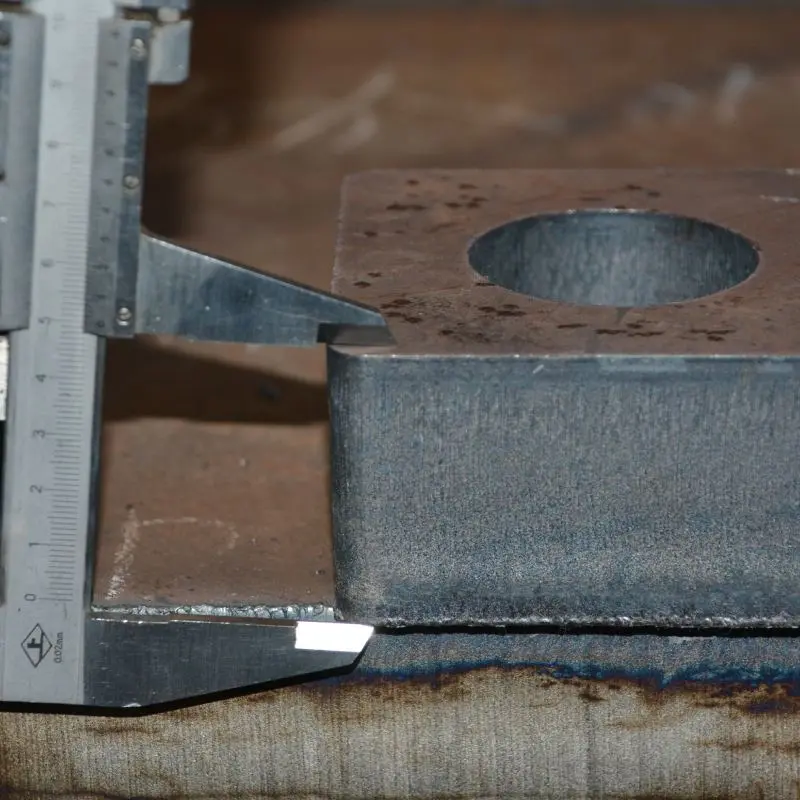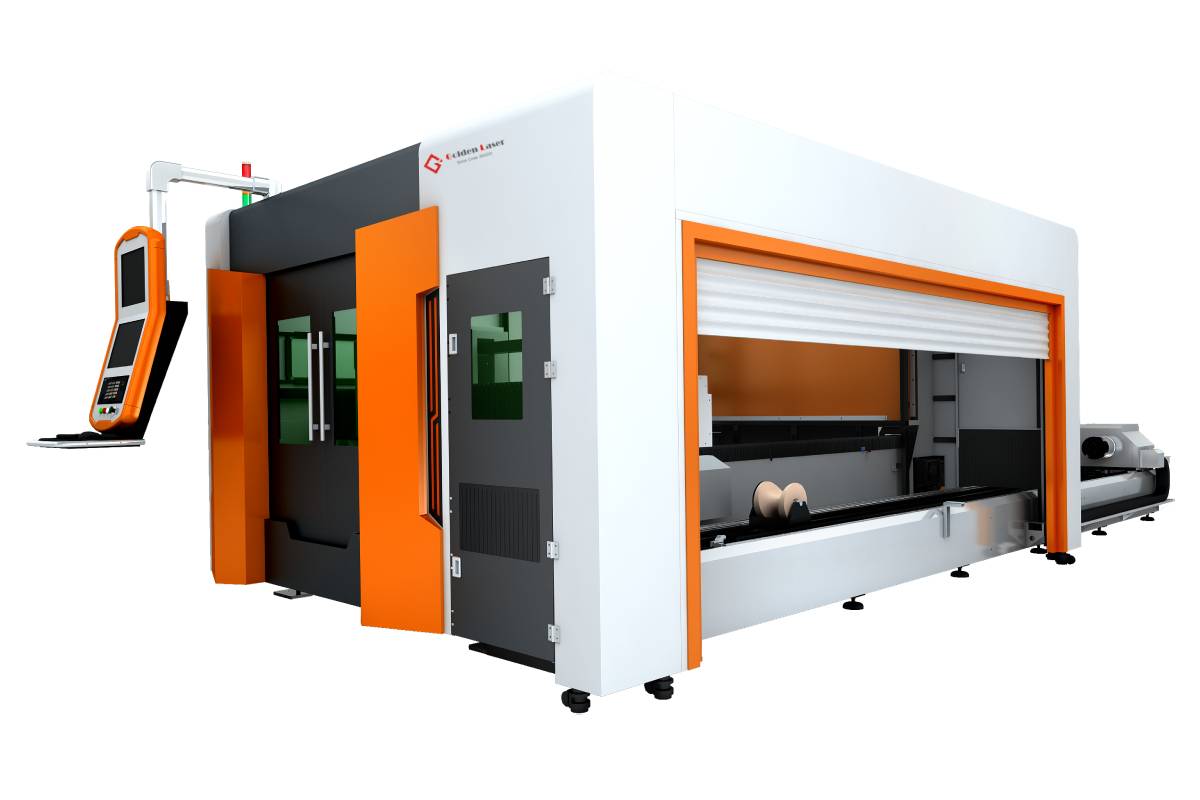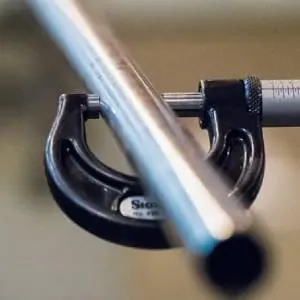In the ever-evolving landscape of manufacturing and metal fabrication, the advent of advanced steel cutting machines has brought about a transformative change that significantly enhances productivity and precision. These sophisticated tools are not merely heavy-duty machinery; they embody cutting-edge technology that has redefined how industries approach steel processing. In this article, we will delve into the various aspects of steel cutting machines, their types, advantages, applications, and the future trends shaping this essential equipment in industries spanning construction to automotive manufacturing.
Understanding Steel Cutting Machines
Steel cutting machines are specialized equipment designed to cut steel and other metal materials into specified shapes and sizes with precision. The functionality of these machines varies, ranging from manual operations to fully automated systems. They utilize various cutting technologies, including plasma cutting, laser cutting, water jet cutting, and oxy-fuel cutting, each suited to specific applications and material thicknesses.
Types of Steel Cutting Machines
1. **Plasma Cutting Machines**: Plasma cutting machines use ionized gas at high temperatures to cut through metal. They are favored for their speed and ability to produce clean cuts in various thicknesses of steel sheet and plate.

Revolutionizing Metal Fabrication: The Impact of Advanced Steel Cutting Machines on Industries and Their Efficiency
2. **Laser Cutting Machines**: These machines utilize focused laser beams to cut steel with incredibly high precision. Ideal for intricate designs and tight tolerances, laser cutting is widely used in industries demanding perfection, such as aerospace and automotive.
3. **Water Jet Cutting Machines**: Water jet cutting technology employs a high-pressure jet of water, often mixed with abrasive materials, to slice through steel. This method does not affect the material properties, making it suitable for sensitive metals.
4. **Oxy-Fuel Cutting Machines**: Oxy-fuel systems cut metals through the combustion of gas and oxygen. While they may not provide the precision of laser or plasma cutters, they are robust and effective for thicker steel sections.
Advantages of Steel Cutting Machines

Revolutionizing Metal Fabrication: The Impact of Advanced Steel Cutting Machines on Industries and Their Efficiency
The integration of steel cutting machines into manufacturing processes offers numerous advantages:
1. **Improved Precision**: Advanced steel cutting machines are engineered for accuracy, reducing material wastage and minimizing the need for subsequent finishing processes. This precision is particularly crucial in sectors where tolerances are critical.
2. **Increased Efficiency**: Automated steel cutting machines operate at higher speeds than manual cutting, resulting in faster production times. This efficiency not only boosts output but also reduces labor costs.
3. **Versatility**: With various cutting techniques available, businesses can adapt their steel processing methods based on project specifications. This versatility fosters innovation in design and manufacturing.
4. **Enhanced Safety**: Modern steel cutting machines are equipped with safety features that minimize the risk of accidents. Automated systems reduce the need for direct human intervention, decreasing the likelihood of injury.
5. **Cost-Effectiveness**: Although the initial investment in advanced cutting technology can be significant, the long-term savings in labor, material costs, and production times often justify the expense.
Applications Across Industries
Steel cutting machines play a crucial role across multiple industries. In the **construction sector**, they are used to fabricate beams, columns, and reinforcements. The **automotive industry** relies on these machines for crafting specialized components and frames, while the **aerospace industry** utilizes precise cutting for lightweight and high-strength parts.
In addition, steel cutting machines are increasingly being adopted in the **art and design sectors** for custom metal art installations, creating intricate and personalized designs that were once labor-intensive and difficult to achieve.
Future Trends in Steel Cutting Technology
As technology continues to advance, the future of steel cutting machines looks promising. The integration of **Artificial Intelligence (AI)** and **Industry 4.0** technologies will further enhance precision, efficiency, and automation, allowing for smarter manufacturing processes. Developments in **robotics** will enable faster and more intricate cutting capabilities, and **sustainability** initiatives are pushing manufacturers to develop more eco-friendly cutting technologies.

Revolutionizing Metal Fabrication: The Impact of Advanced Steel Cutting Machines on Industries and Their Efficiency
Conclusion
In conclusion, advanced steel cutting machines have revolutionized the way industries approach metal fabrication. Their ability to provide precision, efficiency, and versatility across a myriad of applications makes them indispensable in today’s manufacturing processes. As technology continues to evolve, the potential for steel cutting machines will only expand, driving the industry towards new heights of innovation and performance. Whether it’s improving productivity, enhancing safety, or reducing costs, steel cutting machines remain a cornerstone of modern industrial operations. Plate Fiber Cutting Machine


